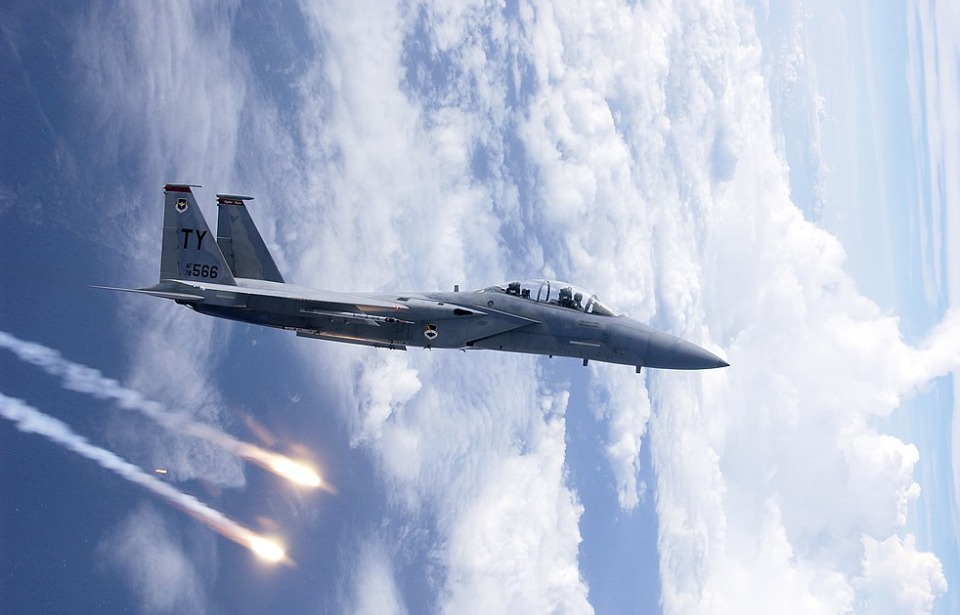Amid the fierce aerial campaign of the Gulf War, intense dogfights erupted as Coalition air forces engaged Iraqi aircraft. Between January 17 and February 23, 1991, Coalition pilots carried out more than 100,000 sorties, dropping an impressive 88,500 tons of bombs that devastated Iraq’s military capabilities.
One mission stood out for its sheer improbability. On February 14, two F-15 Eagle pilots accomplished something almost unheard of in modern air combat: they destroyed an Iraqi helicopter using a laser-guided bomb rather than a missile. Striking a moving airborne target with an unguided bomb requires extraordinary precision, timing, and flying skill—making this moment not only rare but one of the most remarkable feats ever recorded in aerial warfare.
An ordinary mission with extraordinary results
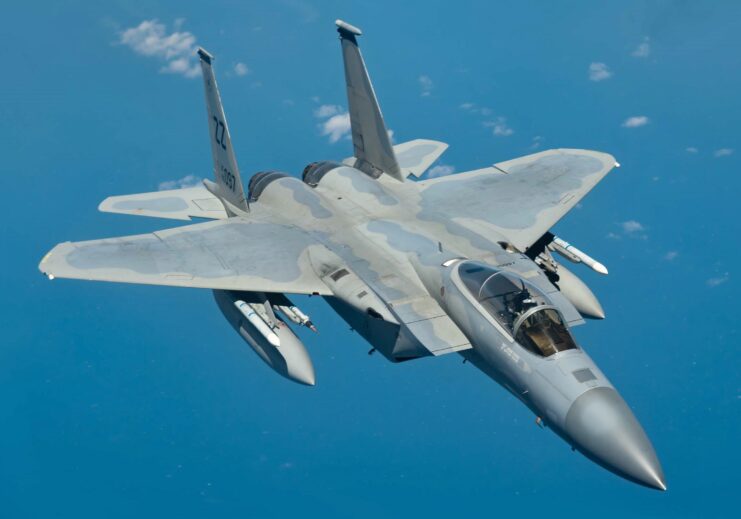
US Air Force Capt. Tim “Rhino” Bennett and his weapons system officer Capt. Dan “Chewy” Bakke were on the lookout for Scud missiles near Al-Qa’im when they were discovered and came under attack from Iraqi helicopters.
In an article for Air Force Magazine, Bennett recalled:
“The mission was a Scud CAP [combat air patrol] in northwestern Iraq. During the Scud CAPs, we would look around with either the FLIR targeting pod or the radar to find the mobile Scuds. My wingman had twelve Mk. 82s, and I had four GBU-10s-2,000-pound LGBs-four AIM-9s, and two external fuel tanks. I was leading the flight.”
Enemy helicopters closing in
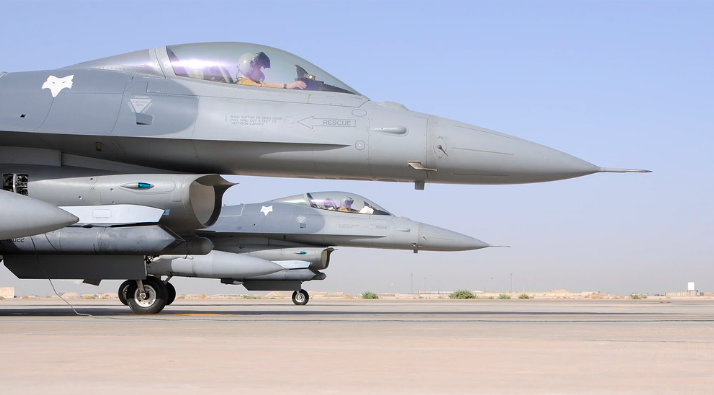
The mission kicked off at exactly 1:00 AM.
Pilots Steve Bennett and Robert Bakke quickly found themselves climbing above thick cloud cover, navigating turbulent skies to stay on course. Mid-flight, they received a high-priority transmission from a Boeing E-3 AWACS aircraft: a U.S. Special Forces team on the ground was in immediate danger. Five Iraqi helicopters were closing in fast.
Using their onboard radar, Bennett locked onto the approaching aircraft—Mil Mi-24 Hinds. These heavily armed helicopters were known for carrying enemy troops and providing formidable air support. It became clear that the gunships were preparing to strike the nearby American team, prompting the F-15 pilots to act swiftly to intercept.
Plan of attack
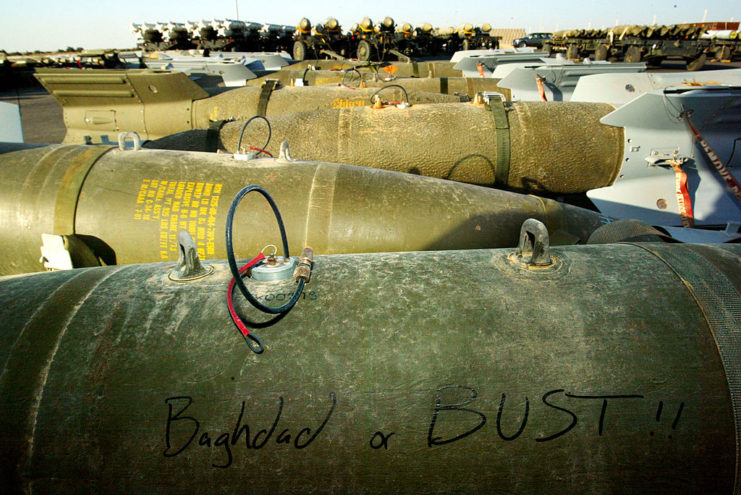
The two pilots aimed their GBU-10 Paveway II laser-guided bomb at the lead Iraqi helicopter, intending to destroy it while it was still on the ground. A direct impact would annihilate the aircraft, and even if it managed to lift off, the powerful explosion might still eliminate nearby enemy troops it had just deployed.
Captain Bennett’s F-15 streaked through the sky at 700 miles per hour and an altitude of 2,500 feet when they released the bomb from roughly four miles out. But moments after the release, their radar picked up movement—the helicopter had begun lifting off, climbing at about 100 knots. Bennett and his weapons officer, Captain Bakke, quickly understood the bomb was on track to overshoot the rapidly ascending target.
A near miss
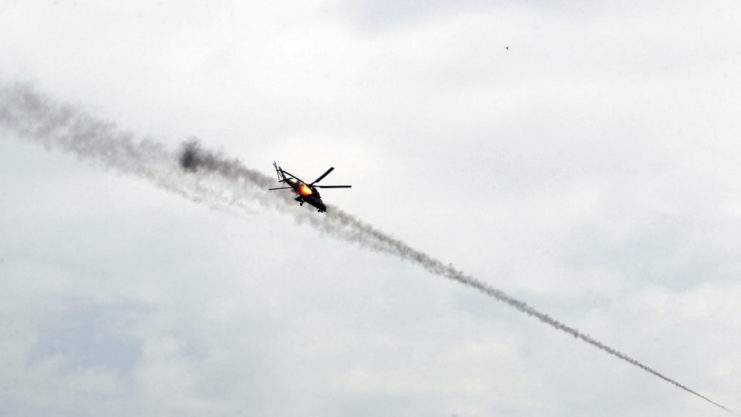
As seconds went by with no sign that the bomb had exploded, Bennett told Bakke to keep the laser pointed on the Mi-24. He recalled saying, “There’s no chance the bomb will get him now,” but, remarkably, the helicopter turned toward them, allowing Bakke to secure the laser-guided bomb on the target.
“There was a big flash, and I could see pieces flying in different directions,” said Bennett. “It blew the helicopter to hell, damn near vaporized it.”
Worried about friendly fire
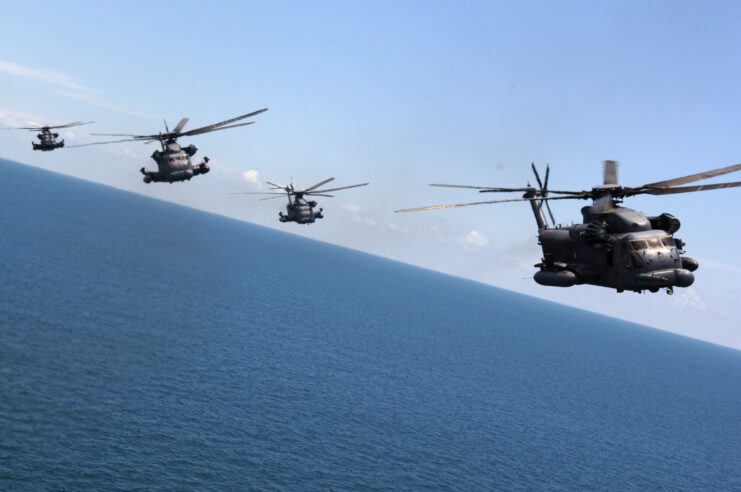
The AWACS came over the radio and told the pilot, “I understand you visually ID’d that as an Iraqi helo.” Bennett stated that, no, he hadn’t visually identified the target, but was able to tell it was an Iraqi Mi-24 using infrared technology. Both he and Bakke then grew tense, worried they’d accidentally hit a friendly helicopter. At the time, special operators were flying into Iraq in Sikorsky MH-53 Pave Lows, and Bennett wondered if they’d accidentally targeted one.
Thankfully, the AWACS confirmed that no friendly aircraft were in the area – the pair’s attack was successful.
Striker becomes the target
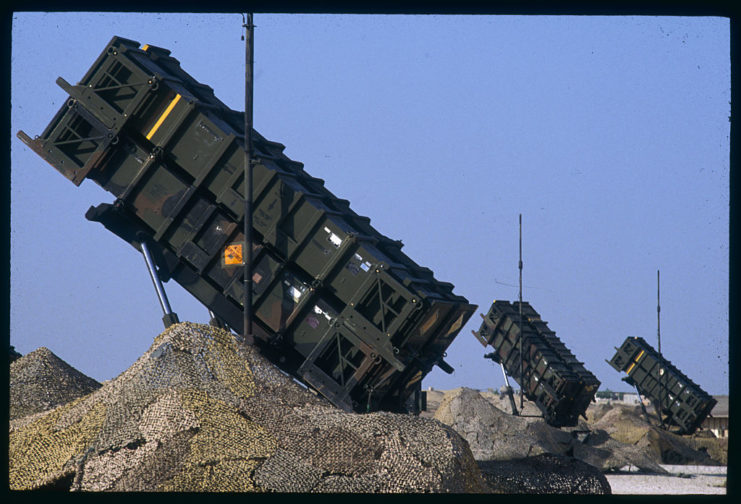
That wasn’t the end of Bennett’s unbelievable mission. After confirming the hit was an enemy helicopter, large flashes appeared all around. What he initially thought were surface-to-air missiles (SAMs) being fired from below were actually bombs being dropped from above.
“AWACS had sent another flight in and told them to drop bombs on a set of coordinates. Those coordinates happened to be us!” Bennett and Bakke immediately left the area, and with just 15 minutes remaining in their mission managed to strike an enemy Scud missile, before returning to base.
Tim Bennett left active duty following the Gulf War, but flew General Dynamics F-16 Fighting Falcons with the South Carolina Air National Guard until he retired in 2017, having reached the rank of lieutenant colonel.
